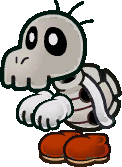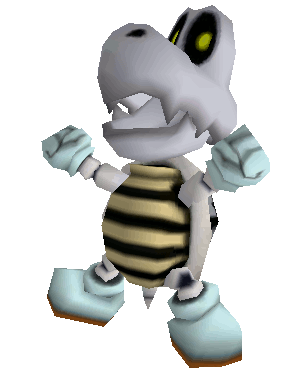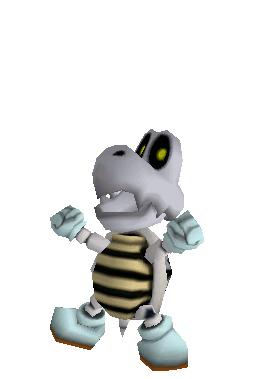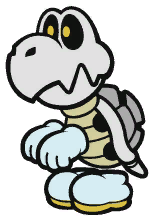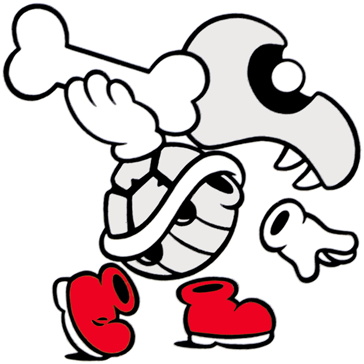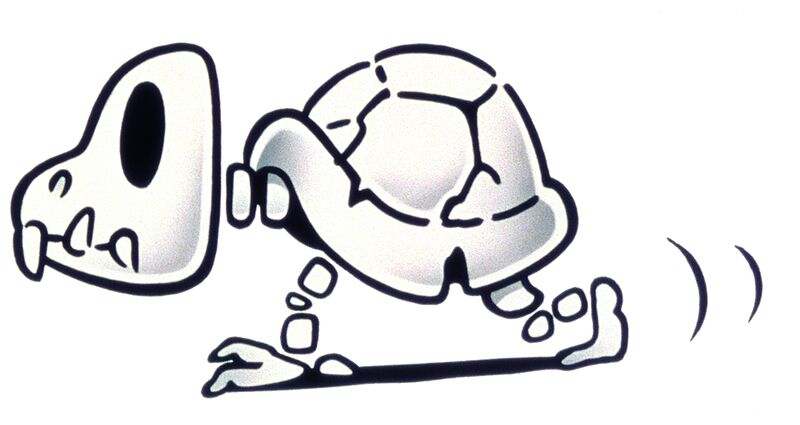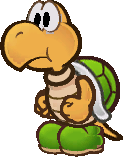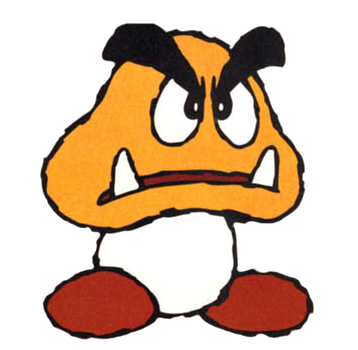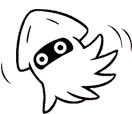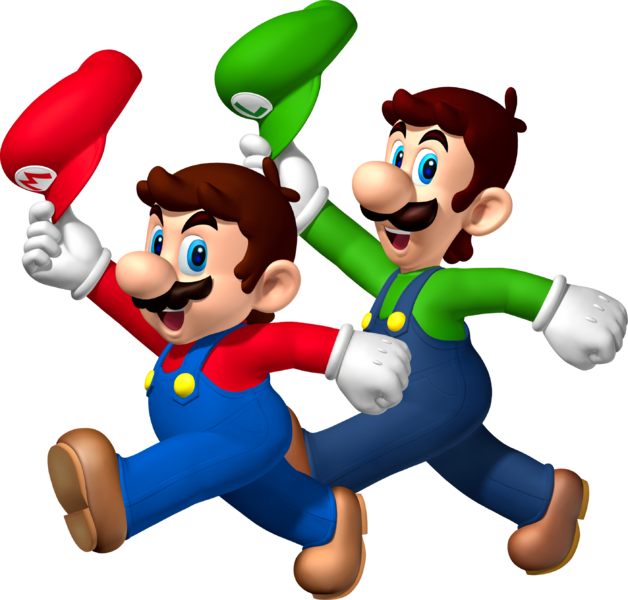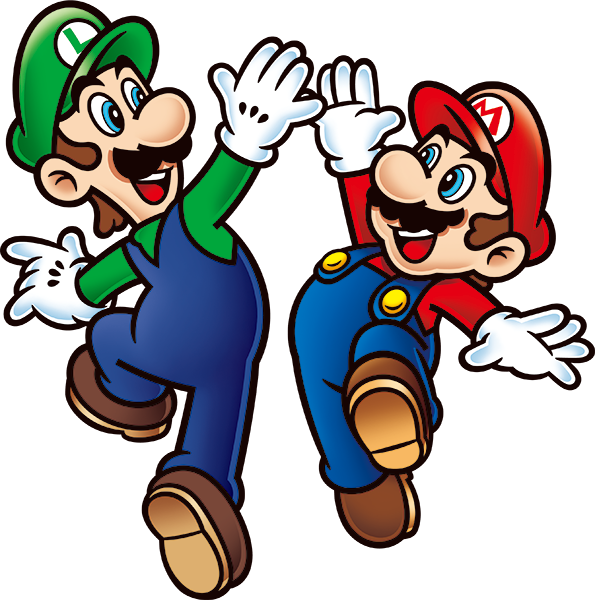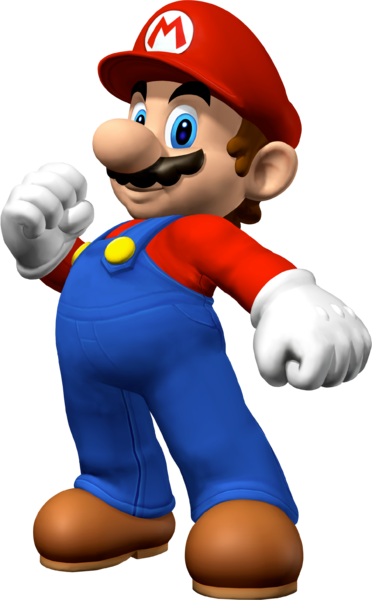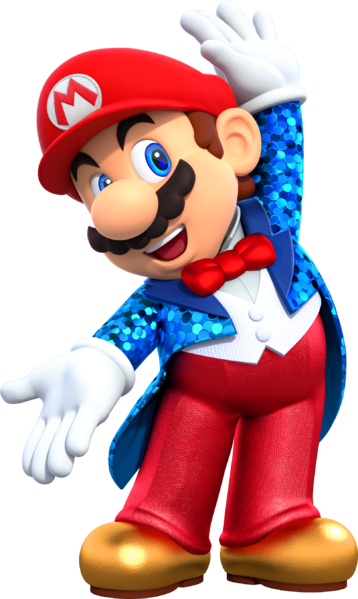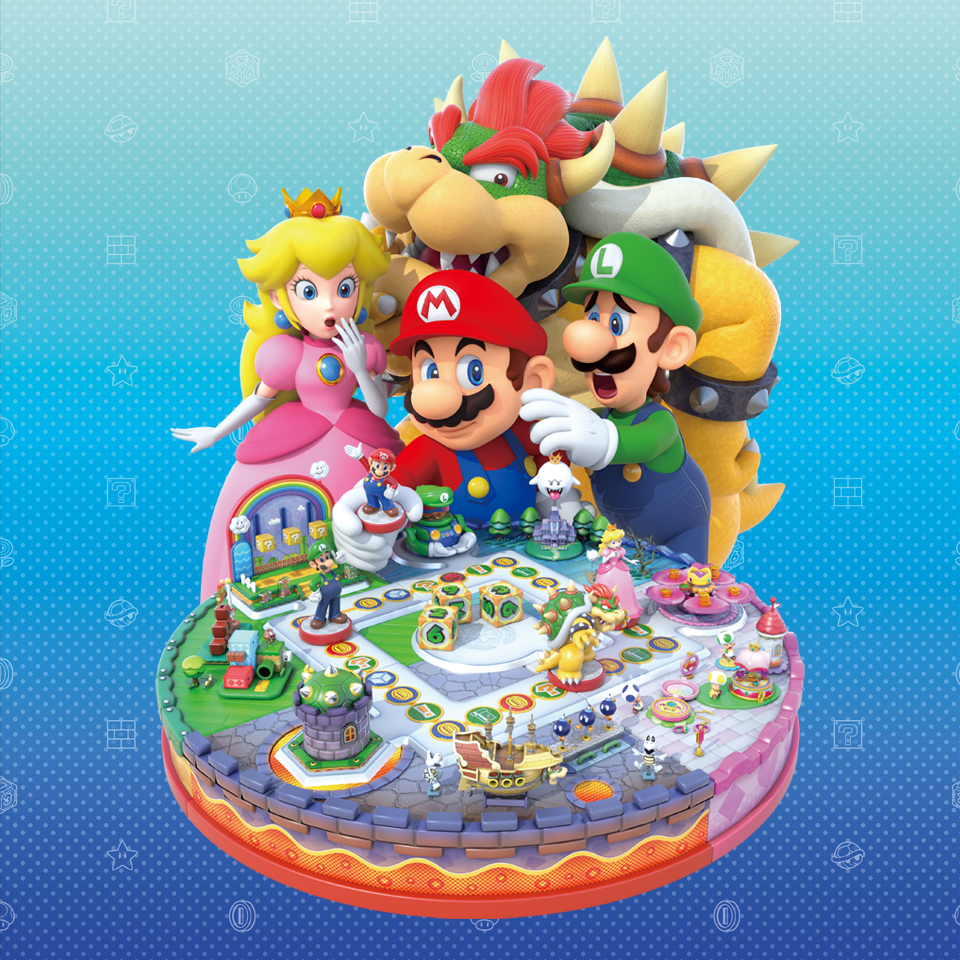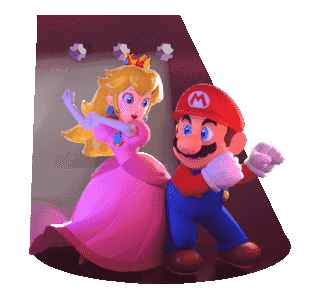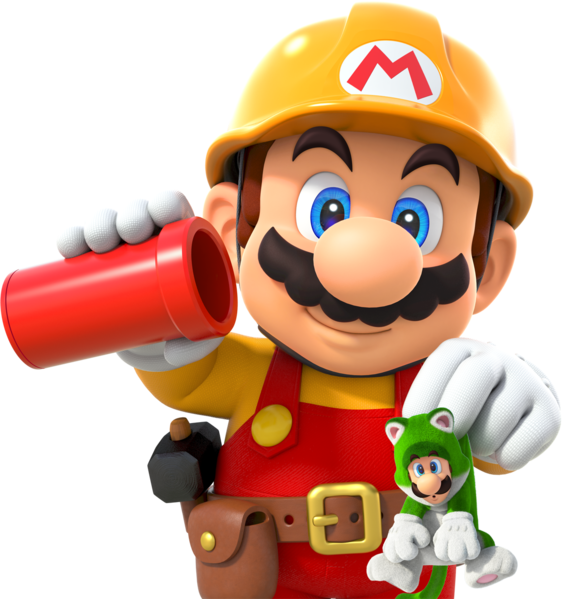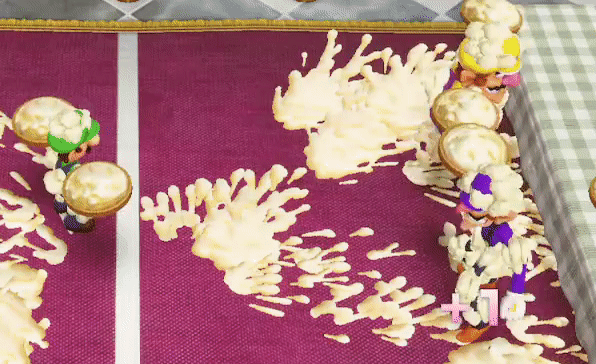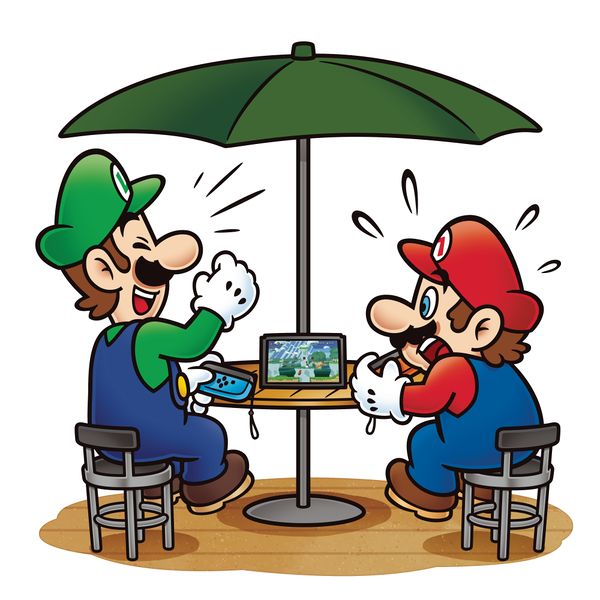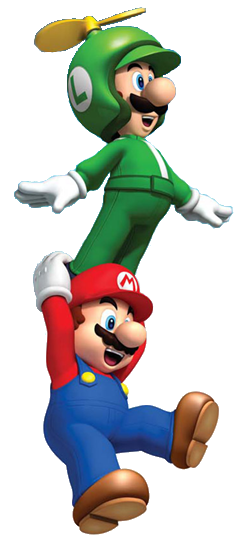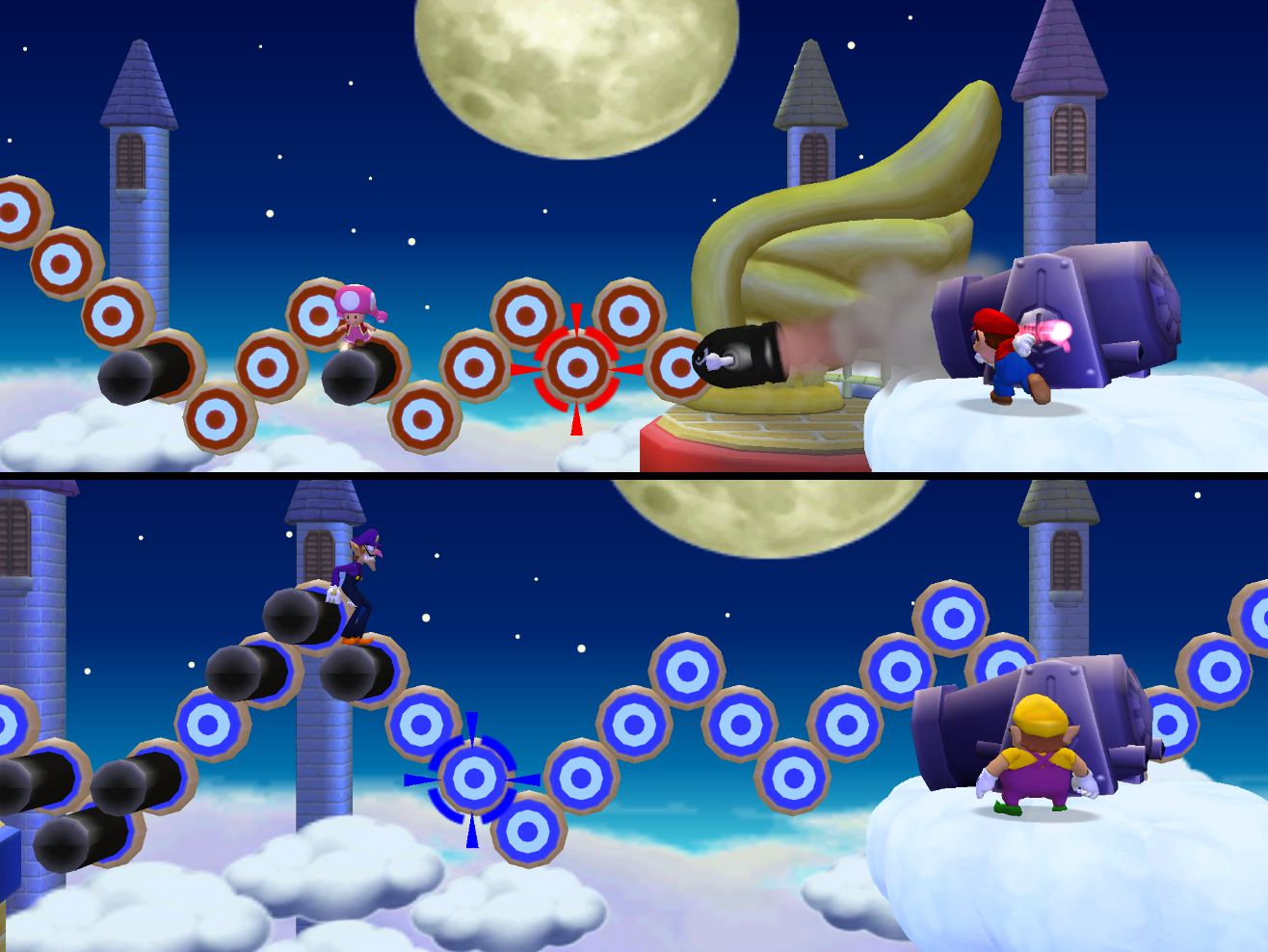- Pronouns
- She/her
- MarioWiki
- Ray Trace
Discuss probably the most misunderstood design principle in the Mario series.
Several things that I'd like to clear up about it.
Some of the named people involved in the interviews (eg Tanabe, Miyamoto) are NOT the main drivers behind it nor are they solely responsible.
These people are credited as the producers of games, particularly the RPGs, and not the directors, and this is on top of project management being made up of multiple people who have similar positions. What a producer essentially does is that they're the managerial position behind the people working in a company. Producers are the people who relay information from higher ups around and message the overall direction the game is going forwards. They're called the "glue that holds the team" together for a reason, they're primarily responsible for talking with workers, scheduling them for work, general maintenance, that sort of thing. People like Tanabe and Miyamoto generally know the overall production of the game since producers are directly involved in pretty much all aspects in some form, and it is possible for them to take on expanded roles as producers can work on creative decisions, but they're generally chosen for interviews because...well because of that knowledge they possess and they know how to answer interview formats. Additionally, games where they have less involvement in such as Mario Sports titles and Mario Party games also are subject to the same design criticisms that Paper Mario has received.
Game development is designed by committee. Blaming a single person who somehow is also the most exposed and well-known name to how the mandate is dictated is juvenile and naive. Even blaming the main director of how a game turns out is not a wise criticism to have because they're also influenced by higher up decisions, schedules, deadlines, etc. Yes, it is possible that they're ultimately responsible to why a game turned out as it is but more likely than not, it's a culmination of factors that led to why a product is as it is than a single one.
Design restrictions aren't exactly a new thing.
Character designs are restrictive by nature, bound to a branding, and all of Nintendo's characters need to adhere to a specific "mandate" at all times, even in earlier Mario days. Mario games in the earlier eras have gotten through many variations until a design is picked because the art directors behind them felt like it was the strongest, not just the enemies received design changes but even obstacles such as ? Blocks and Brick Blocks. While it is correct that Mario games nowadays are much more restrictive when it comes to character design to that character body type may not be modified anymore, this is primarily done to unify the Mario brand and to keep a consistency about it. Not just the Mario series has gone through a solidified design as time goes on, especially in a long running series like it, Sonic has a fairly unified design since Sonic Adventure 2 and hasn't seen major alterations since, with a few exceptions such as Sonic Boom.
Whether increased restrictions on characters is a good or bad thing is subjective. I personally don't like restricting the ability to modify the physical physique of a Toad or other Mario species. However, understanding where it comes from and why it's like this comes a long way and helps you discuss the negatives of the tighter design restriction with a clearer mind.
Ultimately, we are a minority, and we aren't being pandered to.
This is difficult to grasp but a staggering amount of people play Mario games and are unaware of the design restrictions or even what goes into behind them. Maybe if someone originally grew up playing Paper Mario and then went into Origami King they may notice a difference in character presentation but it's not something they generally worry about. Nintendo is much more aware of their audience than we are, and they know the vast majority of their playerbase doesn't pay attention to that sort of detail, and if, say, all Koopas and all Toads look alike, people will recognize them better rather than notice the weird shift in designs between games. Mario is much more of a unified brand than it has been and far more people are playing Mario games now than they were back in the GCN era. Having a consistent design is pretty mandatory for a brand this huge. This is on top of a game series where developers are primarily not focused on lore nor story elements, but how to make a fun game first and foremost; most energy spent in developing these games are for mechanical, technical reasons rather than story purposes. It's been said that Nintendo sees their games as products, not works of art, and this is best highlighted with the tighter restrictive model across the Mario branding.
As I said, none of this is above criticism. I personally am not a fan of why it's like this. But, it's best to criticize the design restrictions when you understand what it is, why it is, and perhaps understand some aspects of what roles game developers say.
Several things that I'd like to clear up about it.
Some of the named people involved in the interviews (eg Tanabe, Miyamoto) are NOT the main drivers behind it nor are they solely responsible.
These people are credited as the producers of games, particularly the RPGs, and not the directors, and this is on top of project management being made up of multiple people who have similar positions. What a producer essentially does is that they're the managerial position behind the people working in a company. Producers are the people who relay information from higher ups around and message the overall direction the game is going forwards. They're called the "glue that holds the team" together for a reason, they're primarily responsible for talking with workers, scheduling them for work, general maintenance, that sort of thing. People like Tanabe and Miyamoto generally know the overall production of the game since producers are directly involved in pretty much all aspects in some form, and it is possible for them to take on expanded roles as producers can work on creative decisions, but they're generally chosen for interviews because...well because of that knowledge they possess and they know how to answer interview formats. Additionally, games where they have less involvement in such as Mario Sports titles and Mario Party games also are subject to the same design criticisms that Paper Mario has received.
Game development is designed by committee. Blaming a single person who somehow is also the most exposed and well-known name to how the mandate is dictated is juvenile and naive. Even blaming the main director of how a game turns out is not a wise criticism to have because they're also influenced by higher up decisions, schedules, deadlines, etc. Yes, it is possible that they're ultimately responsible to why a game turned out as it is but more likely than not, it's a culmination of factors that led to why a product is as it is than a single one.
Design restrictions aren't exactly a new thing.
Character designs are restrictive by nature, bound to a branding, and all of Nintendo's characters need to adhere to a specific "mandate" at all times, even in earlier Mario days. Mario games in the earlier eras have gotten through many variations until a design is picked because the art directors behind them felt like it was the strongest, not just the enemies received design changes but even obstacles such as ? Blocks and Brick Blocks. While it is correct that Mario games nowadays are much more restrictive when it comes to character design to that character body type may not be modified anymore, this is primarily done to unify the Mario brand and to keep a consistency about it. Not just the Mario series has gone through a solidified design as time goes on, especially in a long running series like it, Sonic has a fairly unified design since Sonic Adventure 2 and hasn't seen major alterations since, with a few exceptions such as Sonic Boom.
Whether increased restrictions on characters is a good or bad thing is subjective. I personally don't like restricting the ability to modify the physical physique of a Toad or other Mario species. However, understanding where it comes from and why it's like this comes a long way and helps you discuss the negatives of the tighter design restriction with a clearer mind.
Ultimately, we are a minority, and we aren't being pandered to.
This is difficult to grasp but a staggering amount of people play Mario games and are unaware of the design restrictions or even what goes into behind them. Maybe if someone originally grew up playing Paper Mario and then went into Origami King they may notice a difference in character presentation but it's not something they generally worry about. Nintendo is much more aware of their audience than we are, and they know the vast majority of their playerbase doesn't pay attention to that sort of detail, and if, say, all Koopas and all Toads look alike, people will recognize them better rather than notice the weird shift in designs between games. Mario is much more of a unified brand than it has been and far more people are playing Mario games now than they were back in the GCN era. Having a consistent design is pretty mandatory for a brand this huge. This is on top of a game series where developers are primarily not focused on lore nor story elements, but how to make a fun game first and foremost; most energy spent in developing these games are for mechanical, technical reasons rather than story purposes. It's been said that Nintendo sees their games as products, not works of art, and this is best highlighted with the tighter restrictive model across the Mario branding.
As I said, none of this is above criticism. I personally am not a fan of why it's like this. But, it's best to criticize the design restrictions when you understand what it is, why it is, and perhaps understand some aspects of what roles game developers say.



